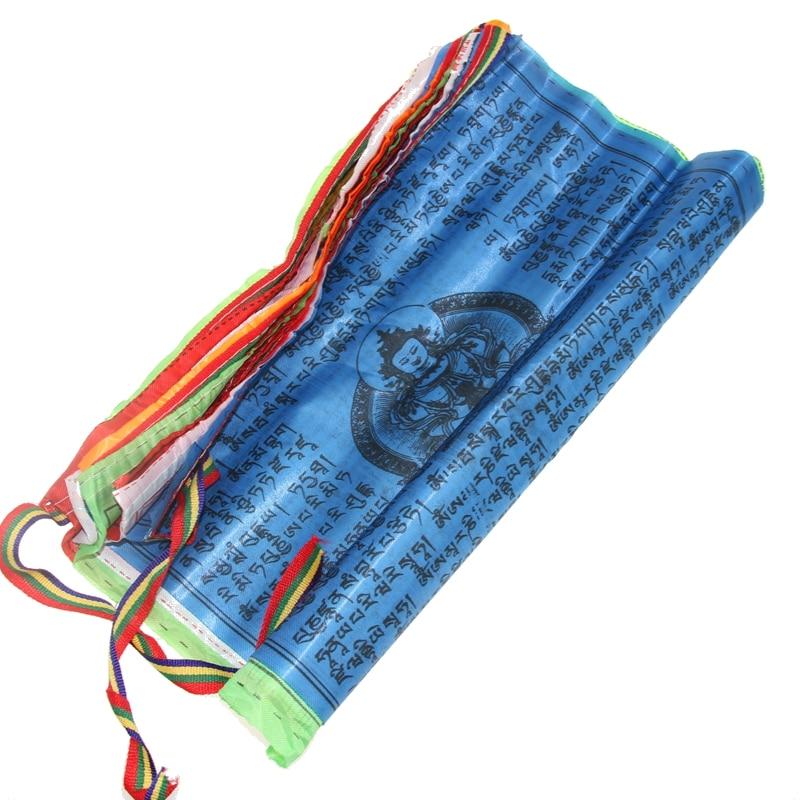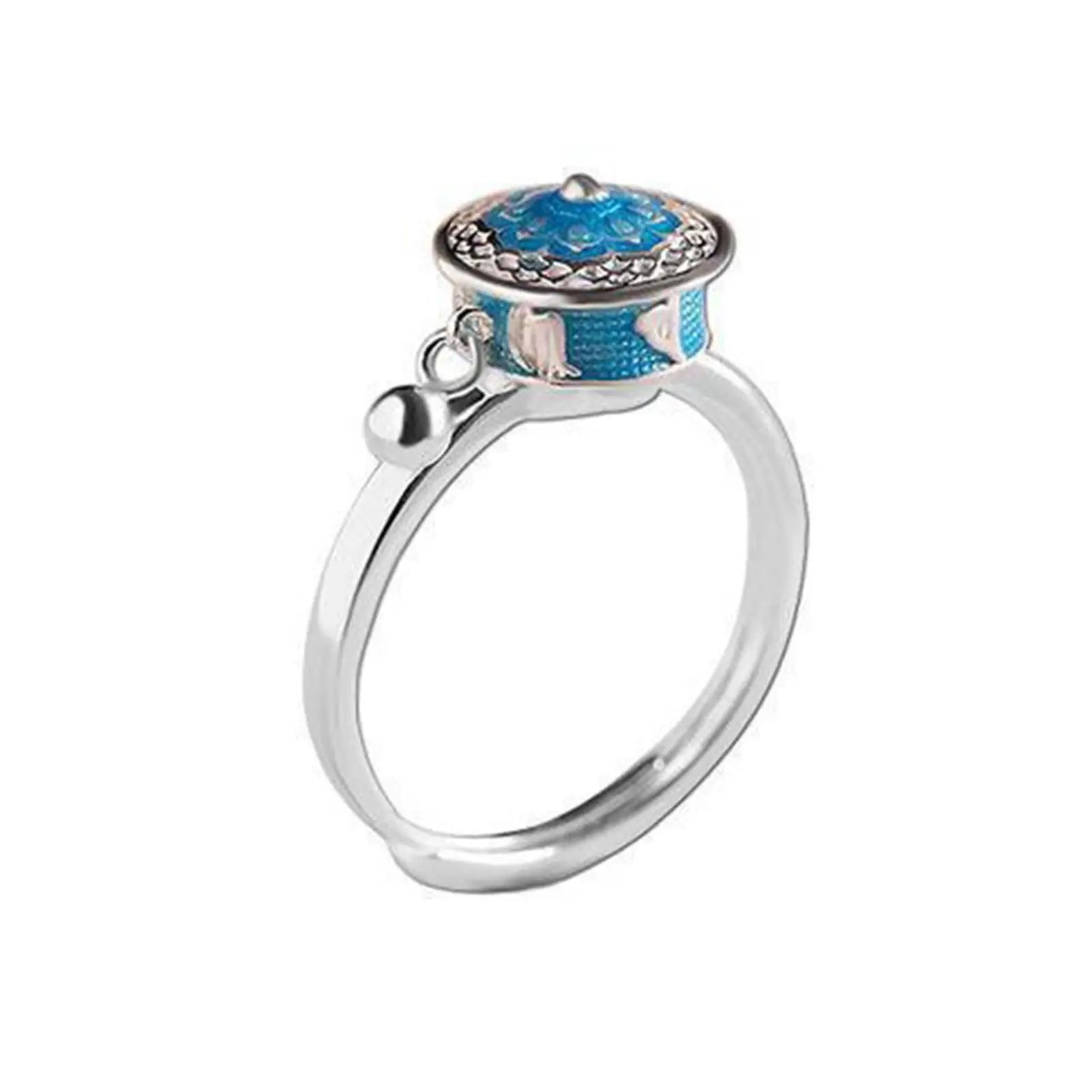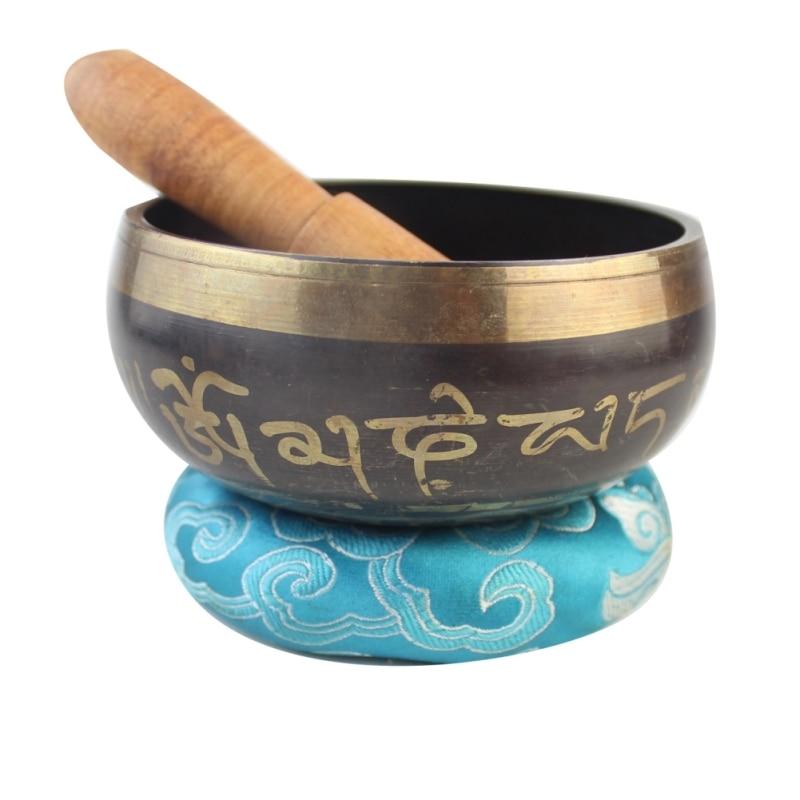Om Mani Padme Hum: Meaning of the Most Sacred Mantra
Om Mani Padme Hum is arguably the most frequently used mantra in the world.
Coming from Buddhism, an ancient religion full of finesse, it is monks, wise men but also simple meditation practitioners who use it on a daily basis.
It is often said that these are all the teachings of the Buddha that lie behind the Om Mani Padme Hum. Like a seed of wisdom planted in us by its recitation, this sacred mantra could help us understand great messages, but also modify us in depth (both at the level of our body and our mind).
If you want our opinion, these ideas are completely correct… and today we are going to find out together why!
Contents :
Introduction to Om Mani Padme Hum
Mantras, symbols and meditations
Om Mani Padme Hum: what would be its translation?
Analysis of each word of this Hindu mantra

Introduction to Om Mani Padme Hum
Talking about Om Mani Padme Hum is a complex thing.
Already, it is one of the oldest mantras, and has therefore had many different interpretations throughout history.
We are also faced with something linked to the divine, the sacred and certain divinities. Talking about this type of subject without being an assiduous practitioner of Buddhism is therefore also thorny.
Om Mani Padme Hum is even seen by many practitioners as the most sacred, most powerful mantra.
Pronounced "Ome mani padmé oum", it is made up of four words all with their own meaning (don't worry, we'll discover them together). However, their meaning when together changes to form a more global whole.
Semantic analysis or general vision of the mantra? We are already here faced with several possible paths…
Whether sung aloud or recited internally, Om Mani Padme Hum is meant to invoke higher powers or, at least, pay homage to them.
In particular, Buddhist tradition connects him to a deity known as Avalokiteshvara, the bodhisattva (a kind of Buddhist deity) of compassion.
We know this from oral tradition, but also from written records such as that of one of the Mahayana sutras, the Karandavyuha Sutra, which describes the life and works of Avalokiteshvara.
It is clear: understanding the meaning of Om Mani Padme Hum is an arduous quest that can only be achieved with the help of experts in our genre who will be able to guide you!
If, more generally, Buddhism and its mysteries fascinate you, here is a special collection from our site that should please you.
So, what is a mantra?
Anyone interested in spirituality and seeking to understand the world has necessarily heard of mantras.
Types of chants recited, more or less rhythmic and in a religious sense... We all have a vague idea of what mantras are, but it is always good to redefine what we are talking about.
From a practical point of view, a mantra is a short phrase believed to possess intrinsic powers that manifest when uttered. More specifically, these powers are truly revealed when it is said a large number of times in a row.
If most of the mantras are in Sanskrit, it is quite simply because the tradition originates from India, and it is the language and religions of the country (Buddhism, Hinduism, Jainism) which have used it the most.
From a purely linguistic point of view, the term "mantra" means " tool of the mind. " Actually, this translation gives us a pretty good picture of what they are.
Some gurus also like to describe them as “ vehicles ” capable of taking us on a journey, and to do so rely on the two roots of the word, “man” and “tra”, which translate respectively as “spirit” and “vehicle”. ".
We will talk about it later in the article, but it seems that mantras have (in addition to their spiritual meaning) real abilities to focus and concentrate the mind.
And recently, more and more studies (such as the one presented in this health magazine article ) tend to demonstrate the enormous influence of the sounds we hear but especially those we pronounce on our psyche, our unconscious., our soul… in short, on our spirit!
The esoteric tradition of ancient spiritualities would therefore seem once again to be confirmed by reality...

Mantras, symbols and meditations
Many meditation practitioners around the world use the powers of Om Mani Padme Hum during their sessions.
In fact, mantra meditation is a common practice that you can easily implement. Basically, you just need to start a meditation and, at the time you want, start reciting the mantra of your choice.
Simple, quick, effective!
Mantra meditation has certain specific virtues, such as the ease of focusing your attention on one point, the dissipation of mental fog and parasitic thoughts, or even the accession to trance states.
So, depending on the goals you want to achieve, Om Mani Padme Hum can help you achieve them.
Besides him, Buddhists have many other tools, including mantras yes, but also other very different ones.
In particular, here are some of them that we offer on our site:
- Prayer flags : Originally from Tibet, these flags are covered with dozens of mantras supposed to disperse throughout the world when the wind caresses them, then carries them far away.
- The prayer wheel : An ancestral Buddhist tradition, prayer wheels are also covered with mantras which, when the wheel is turned, are capable of directly blessing the practitioner.
- Singing bowls : With their round and deep vibrations, singing bowls are ideal tools for practicing sound therapy... but also for meditation.
In the end, the ways of meditating and achieving inner peace will be unique to each person... but it never hurts to broaden the field of possibilities available to us by adding new tools!

Om Mani Padme Hum: what would be its translation?
We have been talking to you about Om Mani Padme Hum for a while now but have still not provided a translation.
Well in fact, there are several, quite similar but with certain nuances that differentiate them.
Thus, the translation of Om Mani Padme Hum could be:
- Praise the jewel in the lotus
- Tribute to the jewel and the lotus
- Here it is ! The jewel in the lotus!
Quite poetic, these expressions can be interpreted in different ways.
Already, there is this notion of praise, of respect for something. No doubt this tells us more about the posture to adopt when starting out on any esoteric or initiatory path...
Remember, all the teachings of Buddhism would be concentrated in the mantra of Om Mani Padme Hum.
It also appears clearly that the meaning of Om Mani Padme Hum is to be linked to a jewel and a lotus... but what does this really mean?
This is precisely what we will see now with the analysis of each word of this sacred mantra.

Analysis of each word of this Hindu mantra
Even if the mantra Om Mani Padme Hum can be divided into syllables, do not forget that above all it forms an indivisible whole, and that it is only in this way that it will truly carry its messages and its wisdom.
However, because the particular is found in the whole, and vice versa, understanding the meaning of Om Mani Padme Hum necessarily involves understanding each of its words.
Om
Om is in the first term of our mantra.
When we imagine a Buddhist monk meditating, we often picture him sitting in the lotus position, announcing endless “ooooms.”
This is not surprising: Om is the most sacred syllable of Buddhism, but also of most Eastern religions.
Symbolically, Om represents the union of body, mind and speech which, each being impure taken separately, are found to be clarified by their union.
Sometimes also, Om is used to represent the abandonment of pride and ego.
Mani
The literal translation of Mani gives “pearl”, “jewel” or “jewel”.
In Indian tradition, this refers to the image of a spirituality illuminated by kindness, marked by compassion and love of the world.
Just as a gem is capable of eliminating material poverty, the Mani is capable of eliminating spiritual poverty.
If we divide Mani into two parts, we additionally get the root “Ma” and “Ni”.
The first term designates ethics and evokes the abandonment of the feeling of jealousy.
The second describes the rejection of entertainment and the illusory.
In Tibetan Buddhism, Mani is also associated with the color green and the feeling of compassion.
Padma
If Mani designates the jewel, Padme is used to describe the lotus.
Considered in India to be the most sacred flower (the country even put it on its flag), the lotus carries within it ideas of wisdom and purity.
You should know that this plant grows in mud but knows how to close when the wind blows in order to preserve its beauty.
The philosophical message is clear: like the lotus flower, the Padme invites us to know how to develop our wisdom in filth and defilement (our physical world) and to never let external aggressions reach us (or rather, reach our peace ).
Thus, Padme represents independence, the distinction between the essential and the accessory, and peace.
Hmm
If Hum is the last syllable of our sacred mantra, it is quite simply because it corresponds to the end of the quest of every Buddhist: the state of plenitude and spiritual illumination.
More precisely, Hum carries an idea of enlightenment in the indivisibility of being, in the union of each of its facets.
According to Buddhism, this indivisibility is precisely one of the necessary stages on any path of wisdom.
Through Hum, the resulting harmony will unify us and, thus, make us impervious to what is not part of being, whether external things (such as the useless and the illusory). ) or inner things (like feelings of hatred or anger).
What are its benefits ?
With this analysis of each of its words, the meaning of Om Mani Padme Hum is now revealed to us.
But one question still arises…
In reality, what will be the effects of this mantra?
What will be its benefits?
Well in fact, if the Om Mani Padme Hum was constructed in this precise way (with these sounds and no others), it is quite simply because each of them has particular powers.
Here is the list:
- Om : The sound Om is the most sacred in all creation. Start by giving him a blessing following the mantra and will help him strive towards perfection.
- Ma : This syllable expresses the ethics that we put into our recitation, our respectful intention.
- Ni : Through Ni, our mantra rejects everything that is not necessary, retaining only the essential and therefore what really exists.
- Pad : Reciting the sound Pad places us on a path of perseverance and self-sacrifice.
- Me : Me helps us to focus our minds, a necessary step before achieving perfection.
- Hum : The other syllables having been said, Hum concludes our mantra with the pure development of wisdom.
In Buddhist tradition, reciting a mantra is a way to accumulate merit and increase one's karma.
With Om Mani Padme Hum more than with any other, this will be resolutely true.
In certain branches of Buddhism, it is even said that the six sounds of this sacred mantra have the power to free us from the six realms of suffering, the six "states" from which the practitioner must free themselves before being able to leave the cycle of reincarnations, the famous samsara.
To explore this kind of mystical theme, here is for example a presentation of the different currents of Buddhism, from the most common to the most esoteric.

Using the power of Om Mani Padme Hum in our meditations
Much of our work focuses on meditative practices, whether transcendental, purely religious, or even simply ritual.
If you are curious to learn more, here is the set of objects related to meditation that we have been able to gather on our site.
In short, you will have understood after reading this article: Om Mani Padme Hum is a leading mantra capable of radically changing our vision of the world and spirituality.
Many wise people consider him to be the most powerful in existence, and they are undoubtedly right.
In any case, it is undoubtedly the most complete, due to the numerous facets that each of its syllables encompasses.
Considered by some as a healing mantra (capable of healing spiritually yes, but also physically), the Om Mani Padme Hum is in fact linked to a bodhisattva reputed capable of healing humans.
For all these reasons, you can include it today in your spiritual practices, why not even in your meditations.
Some members of our community also like to sing it throughout the day, when they have a break, or just when they think about it.
A bit like a prayer, Om Mani Padme Hum will reconnect you to the sacred and, who knows, help you find the path to truth.
Discover this meditation in video format
Lucky charms featured in this article

Rectangular Tibetan Prayer Flags
See more
Ring Made from a Small Portable Prayer Wheel
See more
Himalayan Singing Bowl
See more


